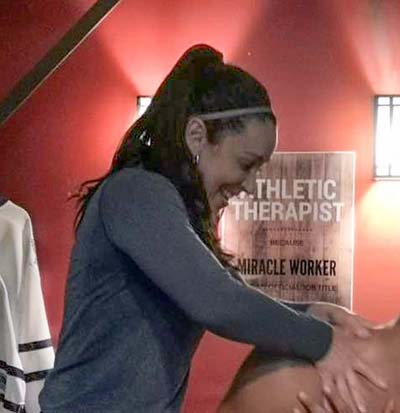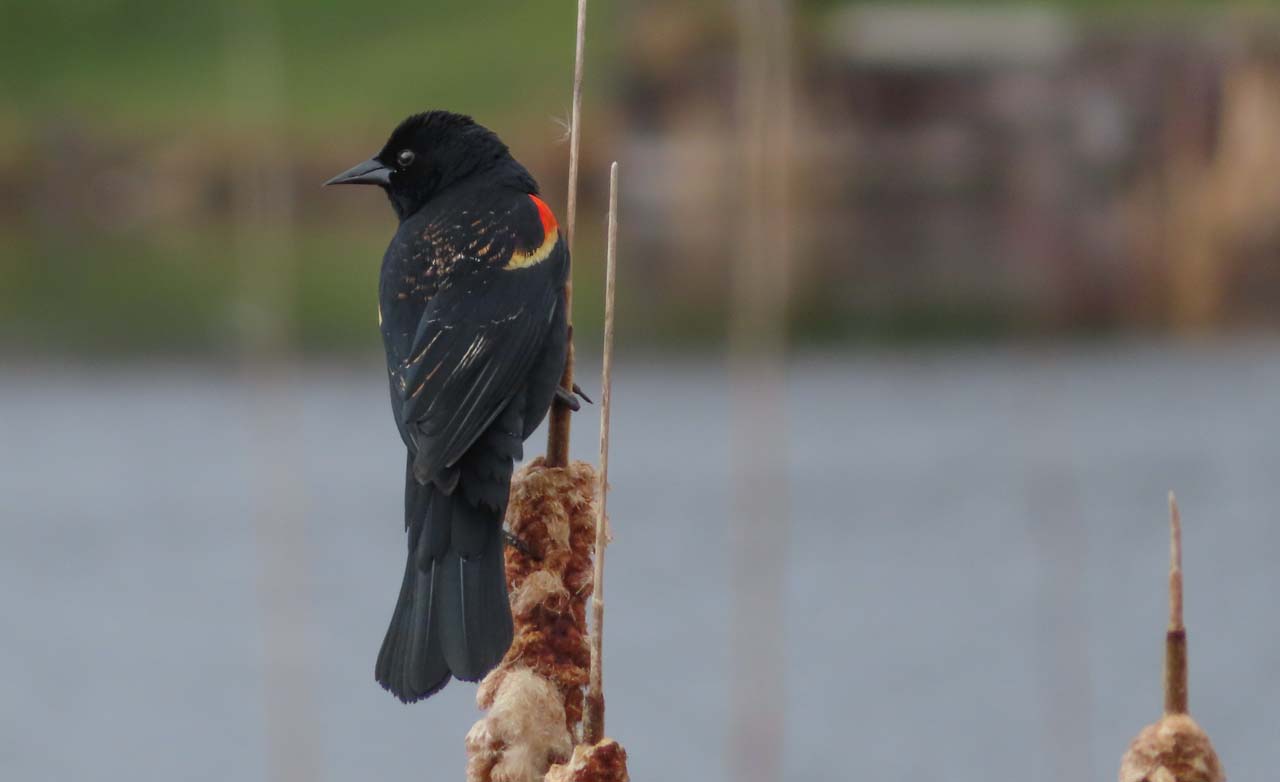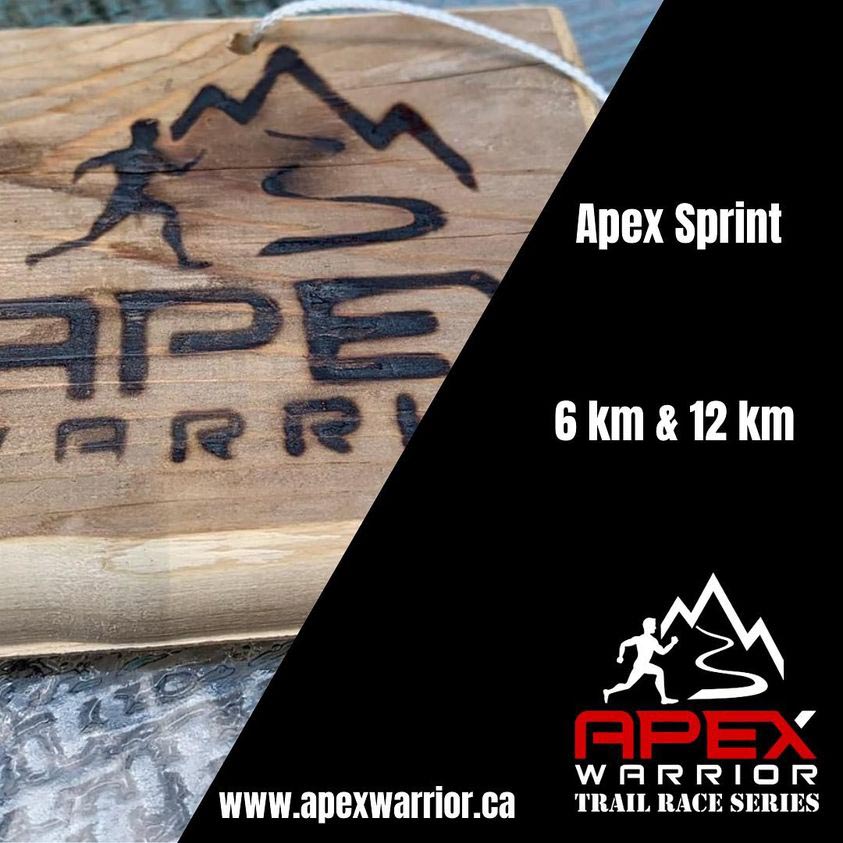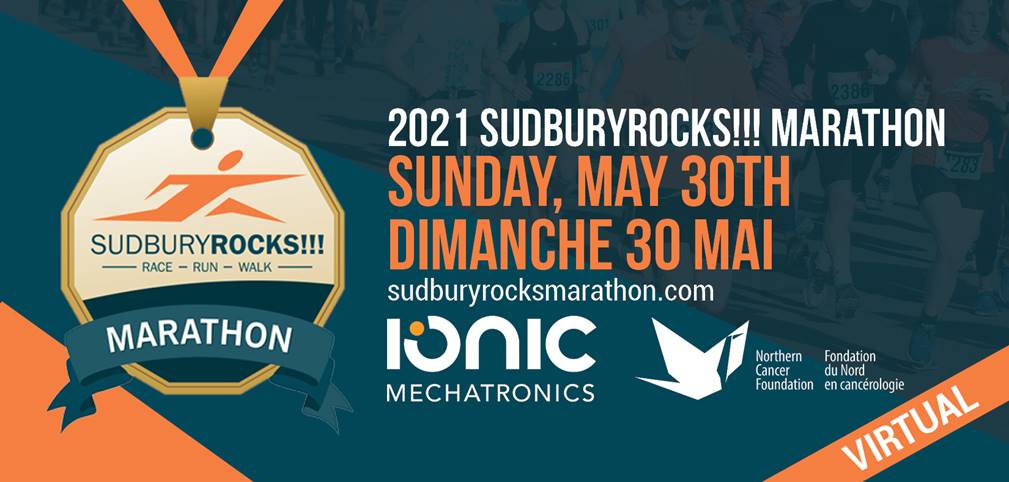| “It
was loud, the atmosphere was vibrant, positive. There
was a deeper level of conversation that the athletic therapist
had with the athletes. When you are an athletic therapist
working for a team, there is a different boundary there;
you are a family member. This is an environment of faith
and trust, because you are so connected there.”
“As soon as I was in
that environment, I felt that this was the environment
that you can heal from.”
At the time, however, athletic
therapy was only beginning to take root in Canada. The
only post-secondary designation in the country would come
courtesy of a Sheridan College affiliated program, one
that was initially established by the National Hockey
League as a means of providing NHL team staff some form
of formal schooling.
Three years of studies would
lead to obtaining a certificate in Sport Injury Management,
which gave way to the written and practical exams with
the Canadian Athletic Therapists Association. Along the
way, practical experience came courtesy of the Sudbury
Wolves and the Sudbury Spartans, and coach Peter Campbell
and the Laurentian men’s basketball team.
It was a period that helped
Brouzes map out the ensuing decades.
“I liked the familial
environment of a sports team, and the adrenaline rush
of having an athlete down on the ice,” she said.
“But, with that, I also had in the back of my mind
that a family was going to be very important to me - so
I wanted to run a clinic.”
The contacts that she had
made to this point would prove critical. Working with
the Wolves opened the door to a connection with Gabe Belanger
and family, huge advocates for the work she was doing.
Local doctors, some who crossed paths with Brouzes via
her sporting involvement, provided valuable referrals.
Word was circulating quickly,
which in a city such as this, could make all the difference
in the world. “If I tried this business model anywhere
other than in Sudbury some 21 years ago, I don’t
think it would have been as successful as it’s been,”
said Brouzes, who has operated Active Therapy Plus almost
since she returned to the area back in 1997.
There was plenty more learning
to be had along the way.
“When I first started,
I really didn’t know tissue,” she said. “I
wasn’t really sure what I was improving, I just
knew that I was getting improvement. As my hands evolved
and my treatments evolved, I realized that a lot came
from a restriction. What I am doing, quite often, is removing
scar tissue or adhesions - and I’m only working
on the site of the trauma.”
And what to make of this
Princess of Pain?
“If I did to people
what they thought I was doing to them, I would actually
be harming them,” she said with a smile. “I
now have a couple of hundred patients that I know when
their body is swollen, I know when something is acting
up. And I know how to get them out of it, just because
I’ve worked on their bodies so many times.”
Though she may have started
this journey blissfully unaware of some key differences
in professional designations, Brouzes now speaks with
the benefit of years of experience.
And she speaks with the gratitude
that comes from having obtained her accreditation from
the College of Traditional Chinese Medicine Practitioners
and Acupuncturists of Ontario, the reason that she has
been deemed an essential service, during the pandemic,
while conventional athletic therapists have not.
“Physiotherapy has
a regulatory college,” she explained. “They
are very science and evidence based. It’s been around
a long time, a very tried and true profession - and one
which offers a lot of different branches, different areas
to specialize.” Most importantly, it requires the
completion of a two years masters degree, on the heels
of a four year undergraduate offering.
“With my students that
come in, I try and steer them towards physiotherapy,”
Brouzes added. “ I don’t think that the profession
of athletic therapists is going to continue to go strong.
I think athletic therapy has hit its peak, going as far
as it’s going to go. Physiotherapists will always
have a job in some realm, in some location.”
The truth is that her voyage
is not likely to be replicated, on a local level, anytime
soon. Kim Brouzes knows that, better than anyone.
“I am incredibly grateful
for being one of the practitioners who is allowed to be
open during COVID,” she said. These days, she partners
with community projects seemingly on a weekly basis, using
her network of clients to better a region that she holds
dear.
"There isn’t too
much that I haven’t done,” she said. “In
terms of moving forward with my bucket list, I’ve
probably crossed things off five times over now.”
She has even embraced the
concept of a team approach, when it comes to the healthcare
field, partnering with a physiotherapist, no less. “I
no longer feel like the low man on the totem pole - and
physiotherapy is much better than I am in some aspects
of treatment.”
Not that her clients, the
many with whom she has forged such a strong, trusting
relationship, are likely to know the difference. Their
concern is to leave her office, pain free - and that is
something that Kim Brouzes can deliver, far better than
most.
|








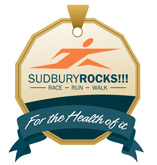

219.jpg)


